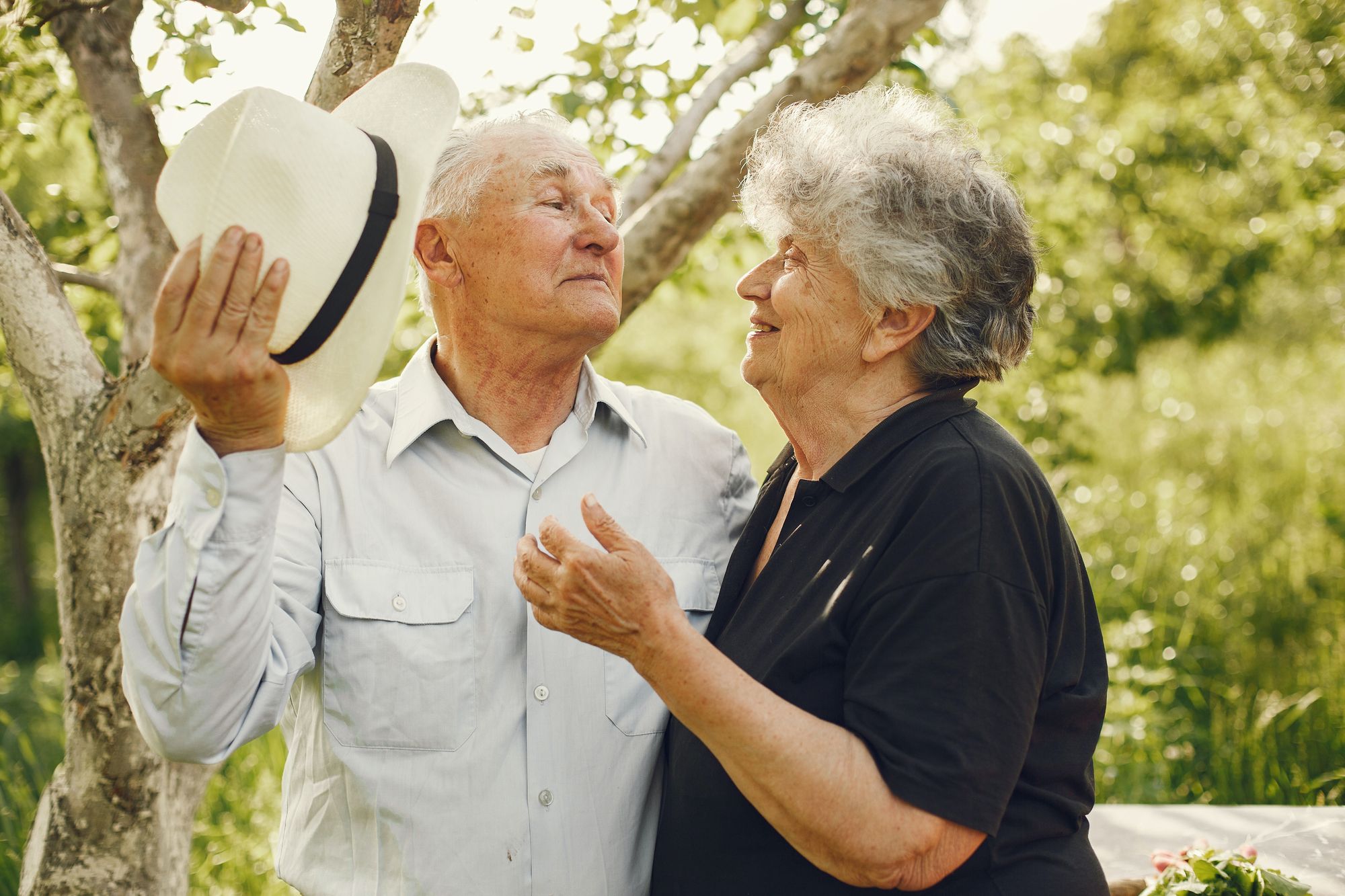What is the Pan-Death Movement? The 7 Stages of a Pan-Death Process

Anita Chauhan
The pan-death movement is about taking the same care of someone dying as we do for those giving birth.
In many ancient cultures, it was often the same person who delivered a baby that also tended to the dying. Both were community events where people would come together to assist and support each other, the family and the mother or the dying.
It is thought that those practices ended when the industrial revolution arrived and many rites of passage became institutionalized.
Nowadays many of us no longer live in the communities we grew up in and medical science has developed to mean doctors are trained to preserve life at all costs. Not all of us are lucky enough to leave near palliative care providers where gentle and comforting care is offered to the dying.
It has become the norm to separate pre-death and post-death into different ‘services’ with each stage overseen by different professionals.
The wishes of the dying have become almost ignored.
In the 1990s, the pan-death movement was created, to offer a more personalized and humane approach to dying once again.
Pan-Death Values
- Treating death as part of the whole natural cycle of life
- The dying should be treated with compassion, empathy, respect, equality and dignity.
- Support the development of a healthy attitude towards death and mark the dying process in personally meaningful ways
- Empowering individuals and their families to make personalized choices and participate directly in the pan-death process however they choose.
- Supporting families through the whole process both spiritually and emotionally
- Supporting families through the practical process
Pan-Death Terms
Pan-death has been renamed DWENA which stands for Deathcare, Wholistic, Ecological and/or Natural Alternatives.
Pan-death Guides or practitioners of death midwifery care for a Death Journeyer through three stages:
- Before: When someone receives a terminal diagnosis or has a life-threatening illness
- During: As someone is dying or has died
- After: Post-deathcare final rites, burial or cremation, funeral or memorial and bereavement
For DWENA practitioners family includes any individual or community member that the Death Journeyer considers being their chosen or functional family.
Those choosing a pan-death do so because they want their journey to be meaningful whether it be for ethnic, cultural, religious or personal reasons.
With the support of their pan-death uides, Death Journeyers can carry out as much of the planning process as they feel comfortable with. They are provided with all the documentation and support resources to ensure the process is consistent with their values and wishes.
The 7 Stages of a Pan-Death Process
These stages can be included or omitted as the Death-Journeyer and the family need. The actions can be taken by the Death Guide, the individual or the family, depending on the wishes of the individual.
1. Advanced-care planning
- Taking care of end-of-life wishes
- Planning for caregiving and practical matters such as health powers of attorney, living wills and estate planning
2. After the life-limiting/terminal diagnosis
- Dealing with anticipatory grief
- Deciding on what treatment is reasonable for quality of life.
- Creating a life plan for the Death Journeyers remaining time
- Registering with a hospice/palliative care provider
- Making arrangements for the deceased to come home if chosen
3. The active dying stage
- Supporting the palliative care team and giving ‘comfort care’
- Arranging final farewells
- Providing and finding spiritual and emotional support
4. The transition to death
- Support for the release of the soul according to belief
- Vigils/wakes and supporting those who are not able to be present
5. Immediately post-death
- Support for religious/spiritual traditions
- Contacting the funeral home, coroner or dealing with the physical needs of the body
- Filling out paperwork/certificates
- Addressing the obituary and other ways of informing family and friends
6. Final arrangements
- Filling out permits to transfer the body
- Burial or cremation arrangements
- Developing or performing a funeral/memorial service
- Arranging a headstone or scattering ashes
7. Caring for the bereaved family
- Arranging for on-going support including grief-counselling if needed
- A year anniversary check-in or other ways of honouring the dead
Why you may wish to use a DWENA practitioner
In Canada, the law does not prevent families from undertaking post-death care themselves (except embalming) and the required documents you’ll need to take your loved one home are readily available.
However a death, no matter how expected, can be an extremely hard transition. Making any kind of practical decisions or arrangements can be overwhelming when you are in grief.
A DWENA practitioner makes sure everything involved in a home funeral is covered, you have all the documents you need and can guide you in the physical aspects of post-death care if you choose to do so.
They can advocate for your wishes, recommend additional services and make sure that all the choices of the Death Journeyer and their family are fulfilled.
You should know that there can be different rules in different provinces so you should check the rules for post-death care in your area if you are interested in finding out more about pan-death.




